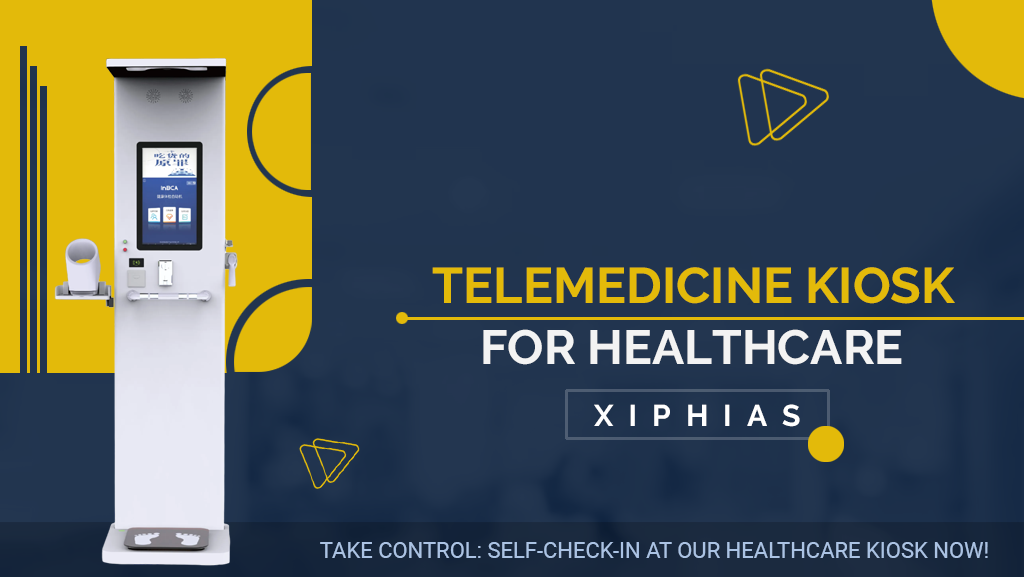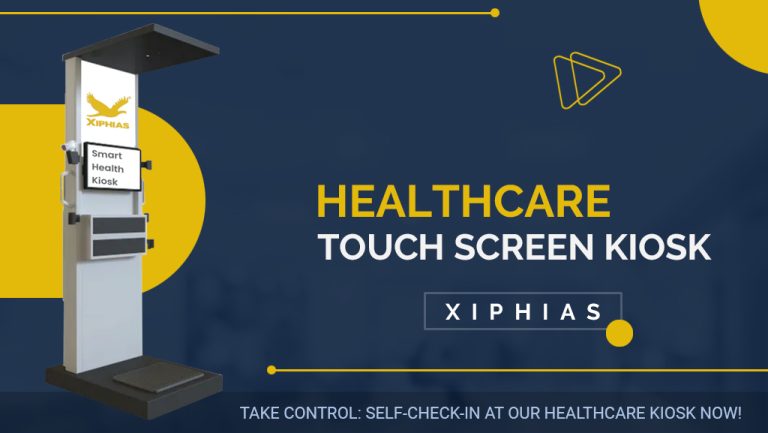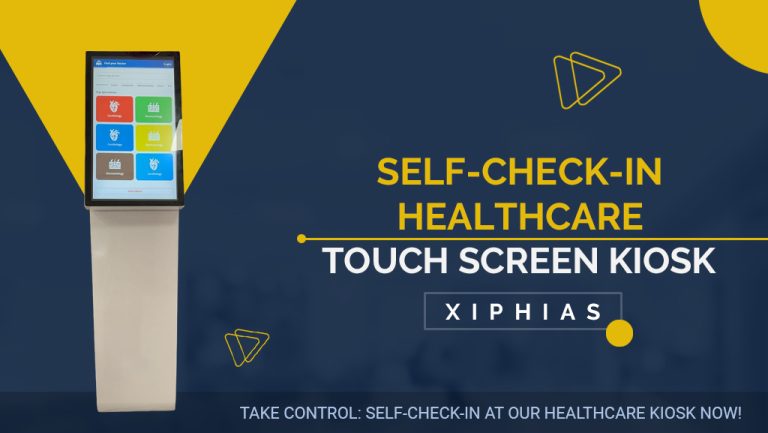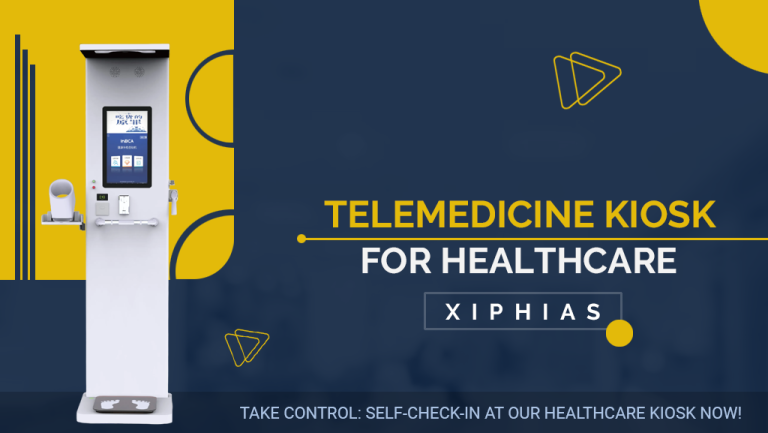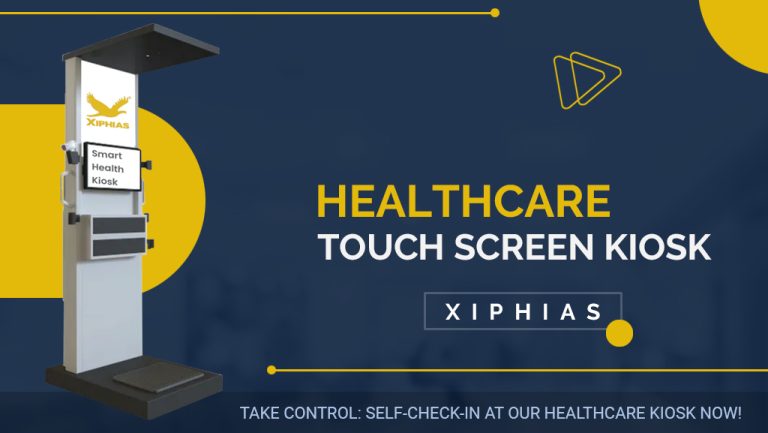Transforming Patient Care: The Benefits of Telemedicine Kiosks in Healthcare
Telemedicine kiosks are transforming patient care by bringing healthcare services closer to patients. These innovative kiosks combine advanced technology with convenience, offering a range of benefits to patients and healthcare providers. From reducing wait times to improving access to medical care, telemedicine kiosks are revolutionizing the healthcare landscape.
Enhancing Access to Healthcare
Telemedicine kiosks significantly improve access to healthcare, especially in remote areas. Patients in underserved regions can connect with healthcare providers without traveling long distances. This increased accessibility ensures timely medical attention, which is crucial for managing chronic conditions and preventing complications.
The convenience of telemedicine kiosks also extends to urban areas. Busy professionals and individuals with mobility challenges can access medical consultations without disrupting their daily routines. This flexibility in accessing healthcare services enhances patient satisfaction and compliance with treatment plans.
Reducing Wait Times
Long wait times in clinics and hospitals are a common frustration for patients. Telemedicine kiosks address this issue by providing immediate access to healthcare services. Patients can receive consultations, prescriptions, and follow-up care quickly, reducing the need for lengthy in-person visits.
Telemedicine kiosks streamline the process of seeking medical attention. Patients can book appointments, check in, and consult with healthcare providers through a single platform. This efficient system minimizes wait times and improves the overall patient experience.
Cost-Effective Healthcare Delivery
Telemedicine kiosks offer a cost-effective solution for healthcare delivery. By reducing the need for physical infrastructure and administrative overhead, these kiosks lower operational costs for healthcare providers. These savings can be passed on to patients, making healthcare more affordable and accessible.
For patients, telemedicine kiosks eliminate expenses associated with travel, such as transportation and time off work. This affordability is particularly beneficial for individuals with limited financial resources, ensuring they receive the medical care they need without financial strain.
Enhancing Patient Engagement
Patient engagement is a critical component of effective healthcare. Telemedicine kiosks enhance engagement by providing patients with easy access to medical consultations and health information. Patients can actively participate in their healthcare journey, leading to better health outcomes.
Telemedicine kiosks offer interactive features such as educational videos, health assessments, and personalized recommendations. These tools empower patients to take charge of their health and make informed decisions. Improved patient engagement contributes to better disease management and overall well-being.
Improving Chronic Disease Management
Managing chronic diseases requires regular monitoring and timely interventions. Telemedicine kiosks facilitate continuous monitoring and communication between patients and healthcare providers. Patients can report symptoms, receive medication adjustments, and access support without the need for frequent in-person visits.
Telemedicine kiosks can be equipped with diagnostic tools to measure vital signs and conduct basic health assessments. This real-time data allows healthcare providers to make informed decisions and provide proactive care. Enhanced chronic disease management reduces the risk of complications and hospitalizations.
Ensuring Continuity of Care
Continuity of care is essential for maintaining patient health and preventing medical errors. Telemedicine kiosks ensure seamless communication between patients and healthcare providers, regardless of geographical barriers. Patients can consult with their primary care physicians, specialists, and other healthcare professionals through a single platform.
Telemedicine kiosks also facilitate the sharing of medical records and test results. This comprehensive access to patient information enables healthcare providers to deliver coordinated and personalized care. Ensuring continuity of care enhances patient outcomes and fosters trust in the healthcare system.
Enhancing Emergency Care
In emergency situations, timely medical intervention is crucial. Telemedicine kiosks provide immediate access to healthcare professionals, allowing patients to receive urgent care without delay. These kiosks can be strategically placed in public areas, workplaces, and schools to provide quick access to medical assistance.
Telemedicine kiosks can also be integrated with emergency response systems. In case of a medical emergency, patients can use the kiosk to alert healthcare providers and receive instructions. This rapid response can be life-saving and improve the overall quality of emergency care.
Supporting Mental Health Services
Mental health services are often underutilized due to stigma and limited access. Telemedicine kiosks address these challenges by providing a discreet and convenient platform for mental health consultations. Patients can access therapy, counseling, and psychiatric support from the privacy of a kiosk.
Telemedicine kiosks can offer self-assessment tools and resources for mental health education. Patients can receive guidance on managing stress, anxiety, and depression. Improved access to mental health services enhances overall well-being and reduces the burden on emergency rooms and clinics.
Enhancing Preventive Care
Preventive care is vital for maintaining health and preventing the onset of diseases. Telemedicine kiosks promote preventive care by offering regular health screenings, vaccinations, and wellness programs. Patients can receive reminders for routine check-ups and health maintenance activities.
Telemedicine kiosks can provide educational materials on healthy lifestyle choices and disease prevention. Patients can access information on nutrition, exercise, and risk factors for chronic diseases. Promoting preventive care reduces healthcare costs and improves population health outcomes.
Bridging the Gap in Healthcare Disparities
Healthcare disparities exist in many communities, affecting access to quality care. Telemedicine kiosks bridge this gap by providing equitable access to healthcare services. Regardless of socioeconomic status or location, patients can receive the same standard of care through telemedicine kiosks.
Telemedicine kiosks can be deployed in underserved areas, community centers, and schools to reach vulnerable populations. By addressing healthcare disparities, these kiosks contribute to health equity and social justice. Ensuring equal access to healthcare services improves the overall health of the community.
Future of Telemedicine Kiosks
The future of telemedicine kiosks holds great promise for the healthcare industry. As technology continues to advance, these kiosks will become more sophisticated and integrated with other healthcare systems. Artificial intelligence, machine learning, and advanced diagnostics will enhance the capabilities of telemedicine kiosks.
Telemedicine kiosks will also play a crucial role in public health initiatives. During pandemics and outbreaks, these kiosks can provide vital information, screenings, and support to the population. Their ability to quickly adapt to changing healthcare needs makes them an invaluable asset in crisis situations.
Conclusion
Telemedicine kiosks are transforming patient care by providing accessible, cost-effective, and efficient healthcare services. From enhancing access to reducing wait times, these kiosks offer a range of benefits that improve patient outcomes and satisfaction. Embracing telemedicine kiosks in healthcare can lead to a healthier, more equitable future for all patients.

